Chila Burman unveils neon dreamland at Covent Garden market
Chila Burman emblazons London’s Covent Garden market building with a neon light spectacle. Here, the artist explains the story behind the new installation, an ode to identity, hope and magic
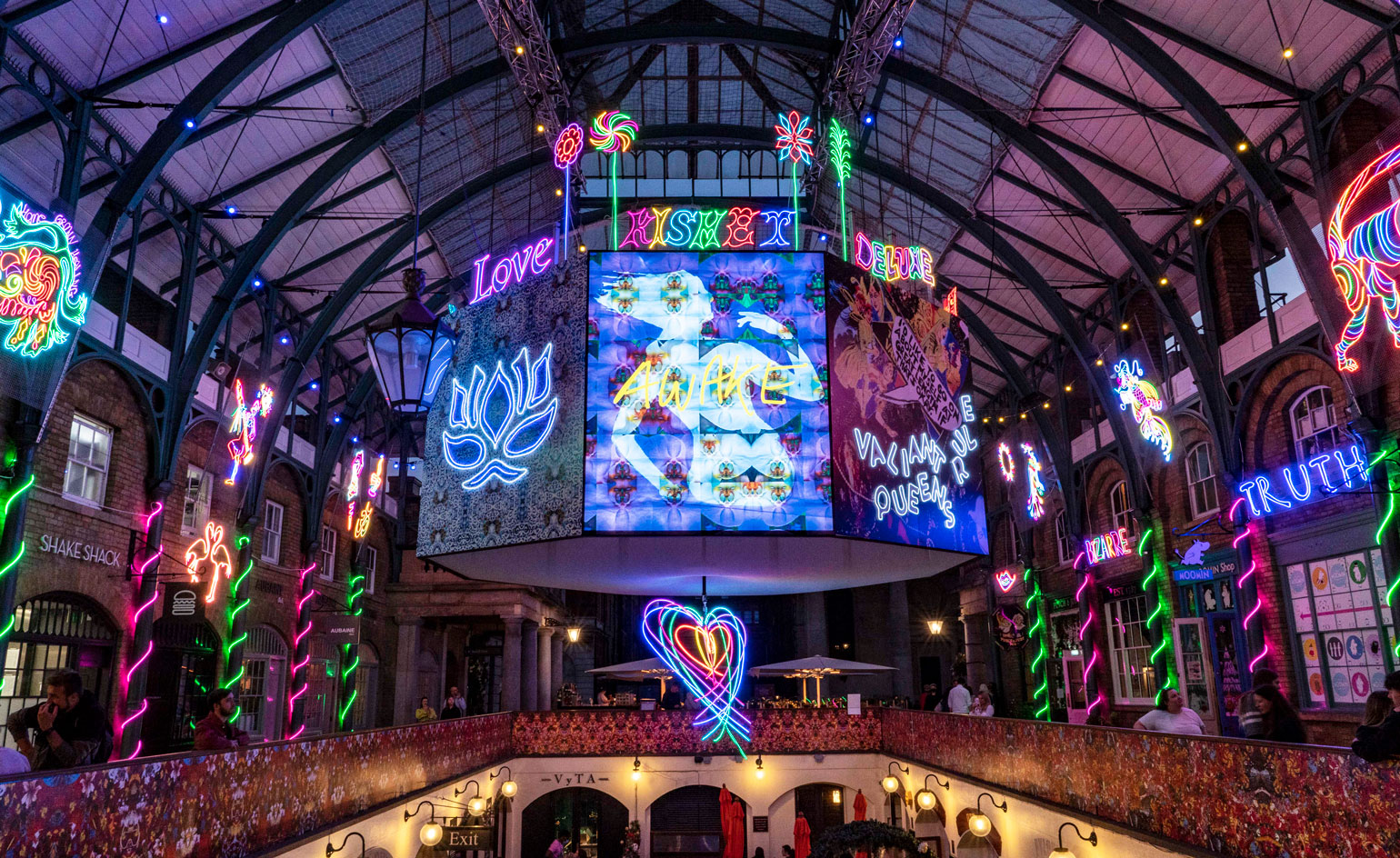
Those passing through London’s Covent Garden are about to see the iconic market building in an entirely new light. In the same spirit as her monumental outdoor takeover of Tate Britain’s facade in 2020, British artist Chila Burman’s bold new multi-part installation, Do you see words in rainbows celebrates love and identity in the modern world, while drawing on the area’s rich history.
Burman’s is the latest in Covent Garden’s series of large-scale commissions, which has featured work by the likes of Damien Hirst, Jeff Koons and Anya Hindmarch.
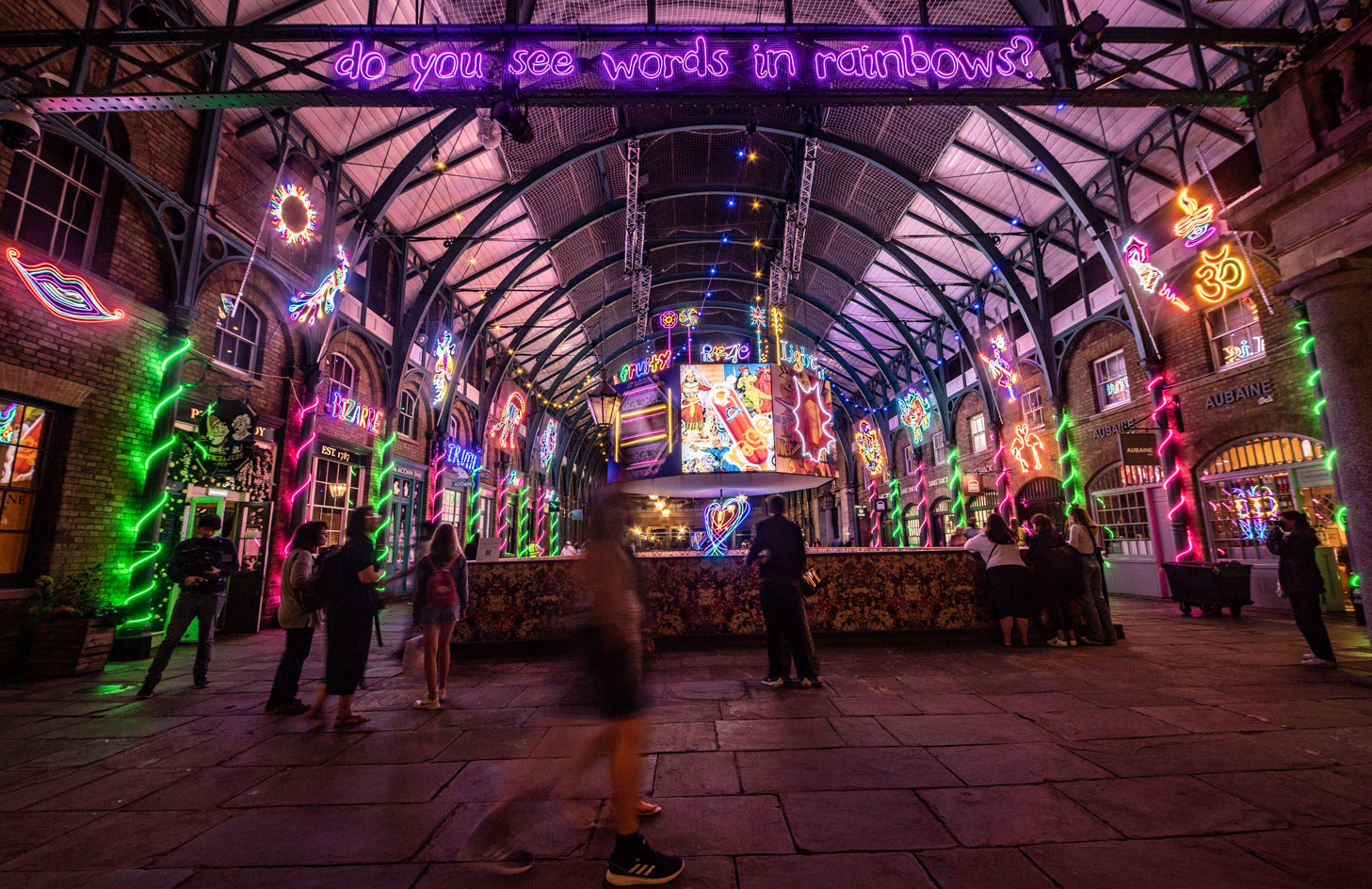
As well as lifting moods with vast light sculptures, bold colours and optimistic messages, the installation will also offer tangible support to the LGBTQI+ community, following the recent cancellation of Pride London 2021 due to Covid-19. For every Instagram post (and there are bound to be many) snapped underneath the neon wonderland, Covent Garden will donate £1 to the Albert Kennedy Trust, a youth homelessness charity.
For those unable to visit the commission physically, the installation will be available via an interactive portal on the Covent Garden website, through the 3D platform Matterport. We speak to Chila Burman about the inspiration behind her kaleidoscopic new project.
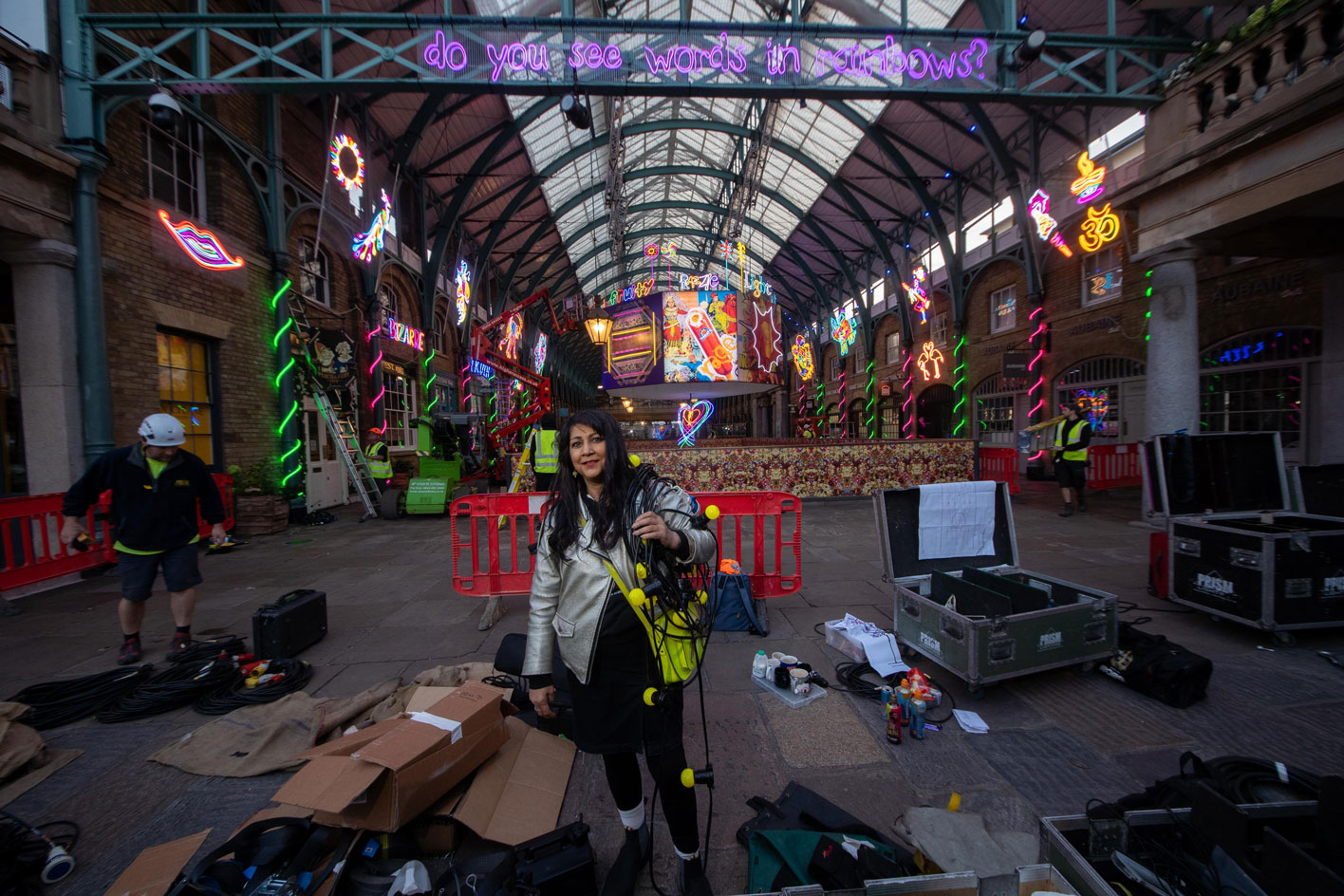
Wallpaper*: What appealed to you about the idea of creating a piece for Covent Garden’s historic Market Building?
Chila Burman: Initially it was my connection to Covent Garden that appealed. Since moving to London in the 1980s I’ve been drawn to the area; I attended the Slade nearby, would swim every morning at the Oasis Sports Centre, and have always loved its vibe. From the entertainers on the streets to the fantastic shops and restaurants, Covent Garden has always retained a sense of magic for me. And it was this idea of magic that I wanted to capture in my piece. I want to bring joy and wonder to the public in much the same way, particularly as our lives remain impacted by covid.
W*: What inspired the themes and motifs in the installation?
CB: Like in much of my practice, key sources of inspiration in this installation include identity, memory, feminist perspectives, mythology and my Hindu Punjabi heritage.
I’ve used bright colours throughout the installation in honour of the images and messages I associate with life memories from my childhood. I specifically wanted to honour the magic of entertainment and was particularly inspired by my parents, who were both entertainers. My dad, a magician in India, would entertain his colleagues, friends and family in our house at parties. My mum would entertain everybody at our temple and at weddings. I felt honouring them, and their love of entertaining through this bright, engaging installation and all its elements made a perfect link with Covent Garden’s rich history of street performers and magicians.
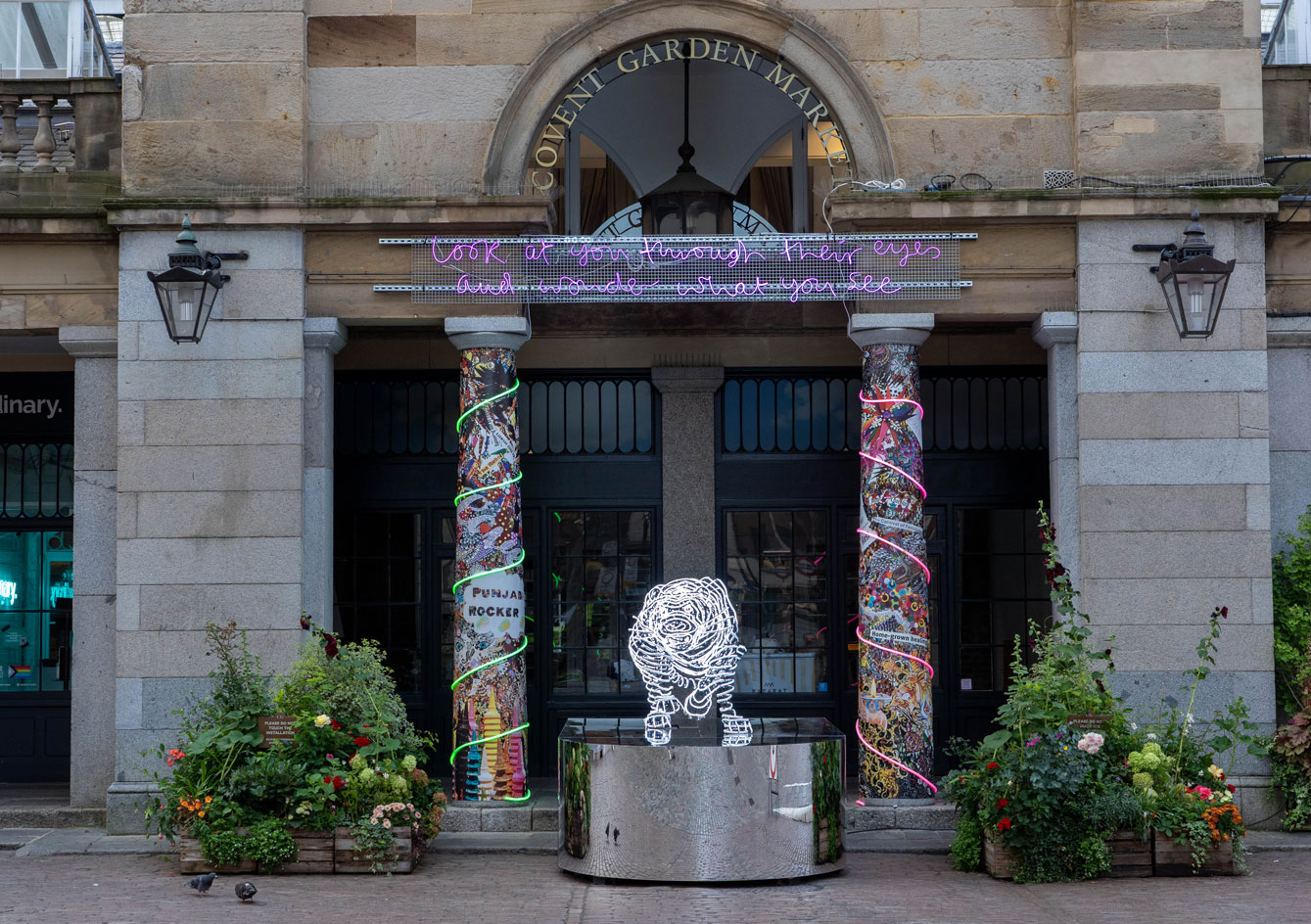
Inspiration from my Hindu Punjabi heritage also takes the form of illuminating neon sculptures, some of which will be reused from my Tate [Britain] winter commission to help reduce the environmental impact. You’ll see familiar pieces along with new ones I’ve been working hard on, and of course, the tiger motif which I’ve used widely throughout my practice.
The shape of the suspended octagon at the centre was chosen because of its symbolism in different cultures. It has been used throughout history to represent rebirth, regeneration, transition and direction. From the Eightfold Path to enlightenment, to the points of a compass, I felt this shape would remind us to think about where we are going, the next steps in our new post-pandemic normal, and how to live to the best of our abilities.
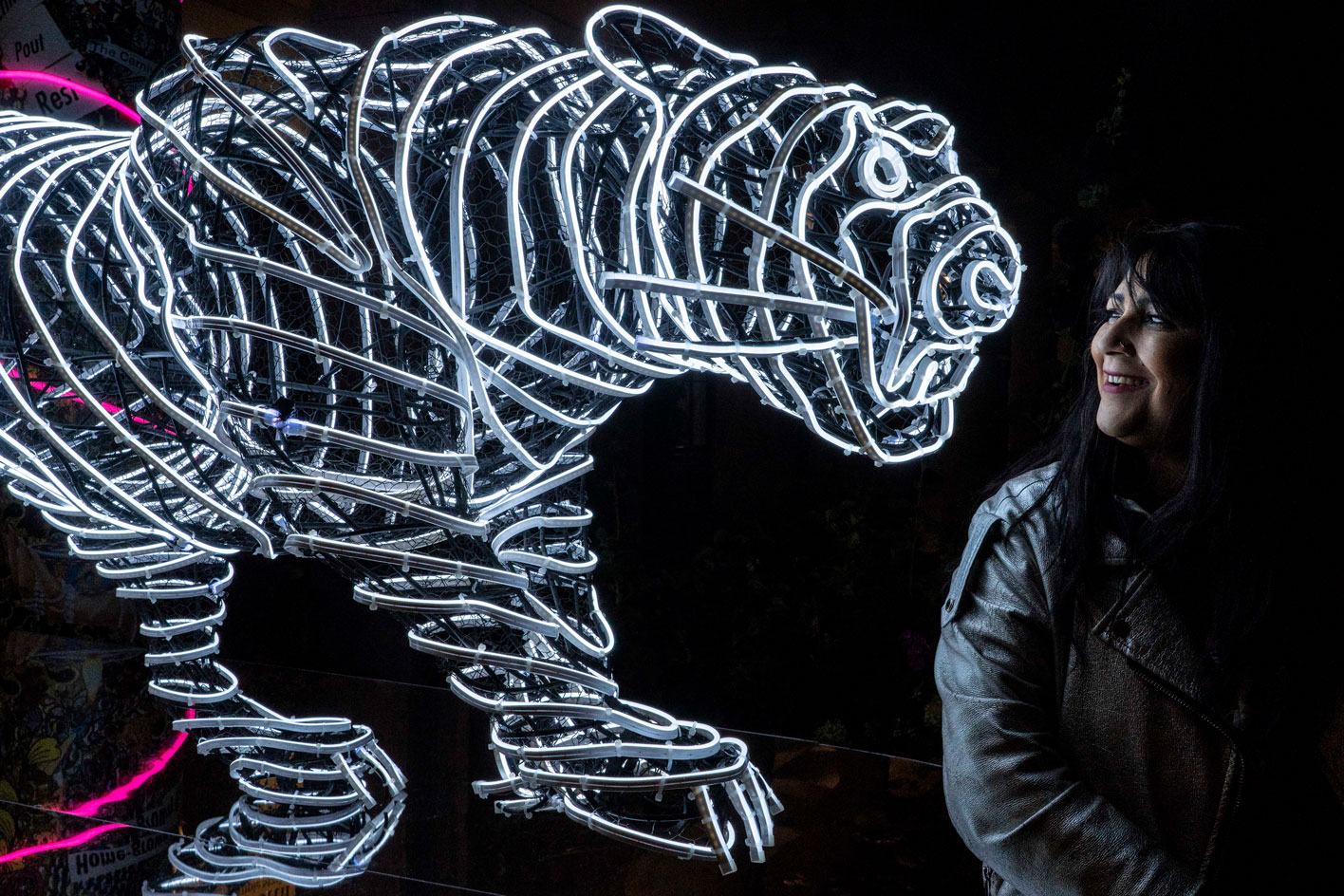
W*: What was the most enjoyable part of the creative process, and the most challenging?
CB: The most enjoyable part is always figuring out how I can make my installation the most representative of my practice. Ensuring that it communicates an uplifting message is important, but I also want to highlight the significant role that my heritage and the contributions of Black and Asian British artists have made to this country. More now than ever we need reminders of the value diversity brings to our world and the strength in uniting together to overcome some of the inequalities that impact so many.
W*: What message do you hope those who experience the work will take away from it?
CB: This installation is a celebration of my Hindu Punjabi culture, it is bright, exuberant, colourful and kaleidoscopic. I have designed it to bring joy, positivity and a sense of magic to the public. It will be a real experience for anyone who comes to see it, whether that’s in person or virtually, I hope people will feel uplifted and inspired.
Wallpaper* Newsletter
Receive our daily digest of inspiration, escapism and design stories from around the world direct to your inbox.
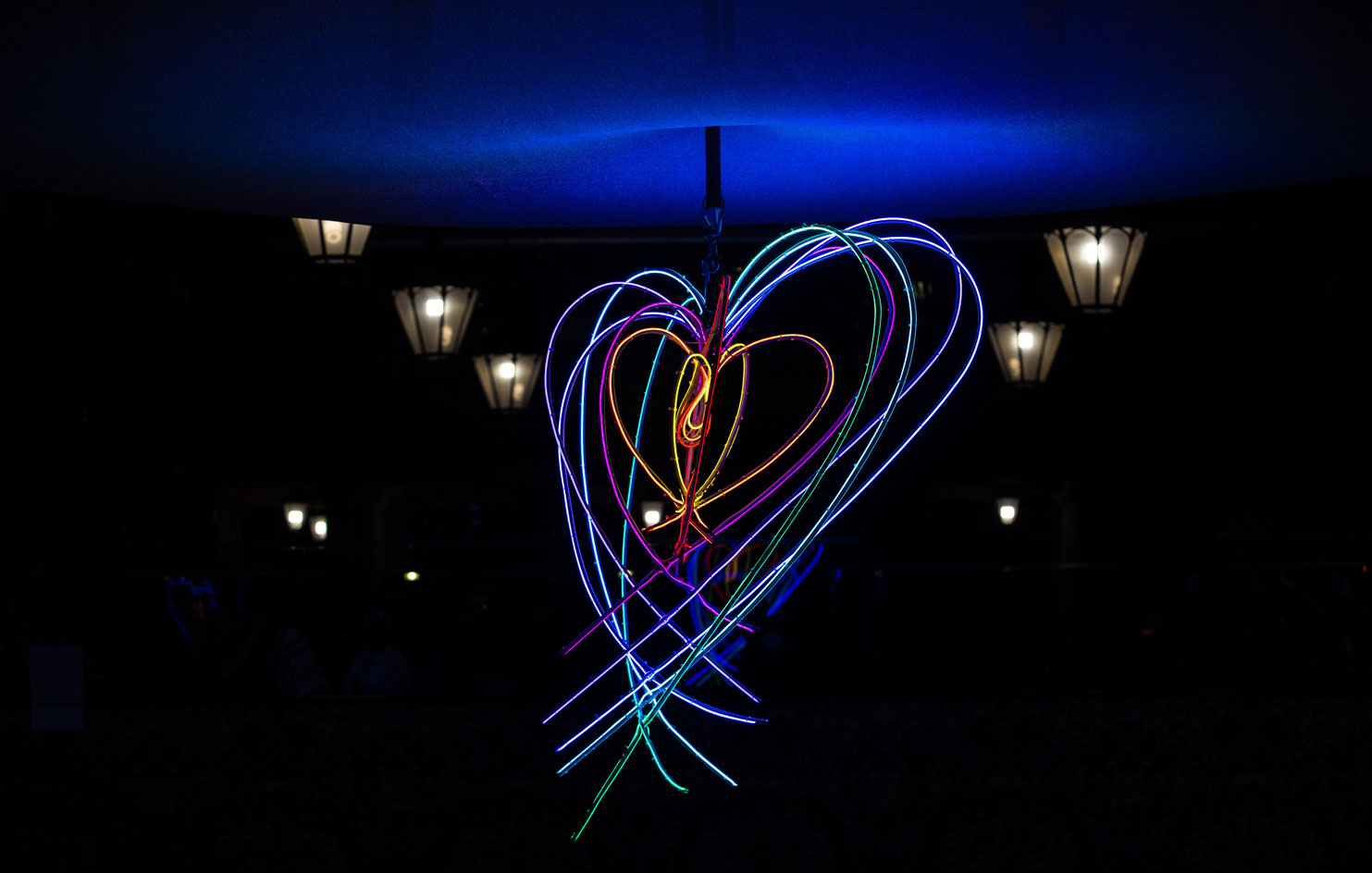
INFORMATION
Chila Burman’s installation at Covent Garden market will be on view until October 2021. coventgarden.london
Harriet Lloyd-Smith was the Arts Editor of Wallpaper*, responsible for the art pages across digital and print, including profiles, exhibition reviews, and contemporary art collaborations. She started at Wallpaper* in 2017 and has written for leading contemporary art publications, auction houses and arts charities, and lectured on review writing and art journalism. When she’s not writing about art, she’s making her own.
-
 What not to miss at NYCxDesign 2025, according to our editors
What not to miss at NYCxDesign 2025, according to our editorsFrom mega furniture fairs to can't-miss parties, here's what to catch at North America's biggest celebration of design
-
 These Loro Piana sunglasses are inspired by the house’s superlative garments
These Loro Piana sunglasses are inspired by the house’s superlative garmentsContinuing the house’s continent-crossing journey to find the very best materials – from Mongolia to New Zealand – Loro Piana’s new sunglasses collection takes it to Japan, where the first titanium frames were made in the 1980s
-
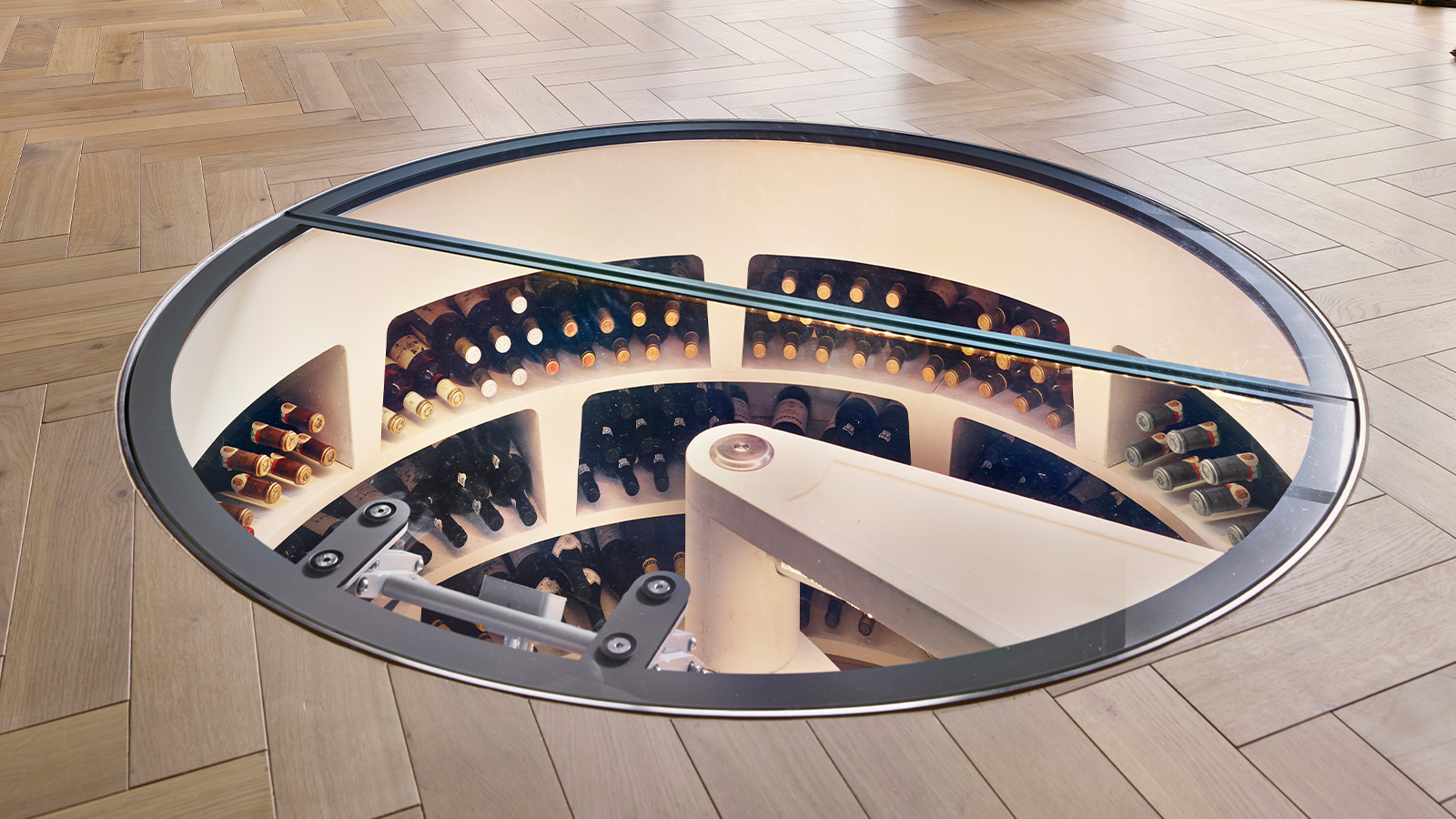 How to build a home wine cellar
How to build a home wine cellarOur resident drinks writer takes us through his own experiences on building the dream wine cellar at home including his favourite wines to stock up on now
-
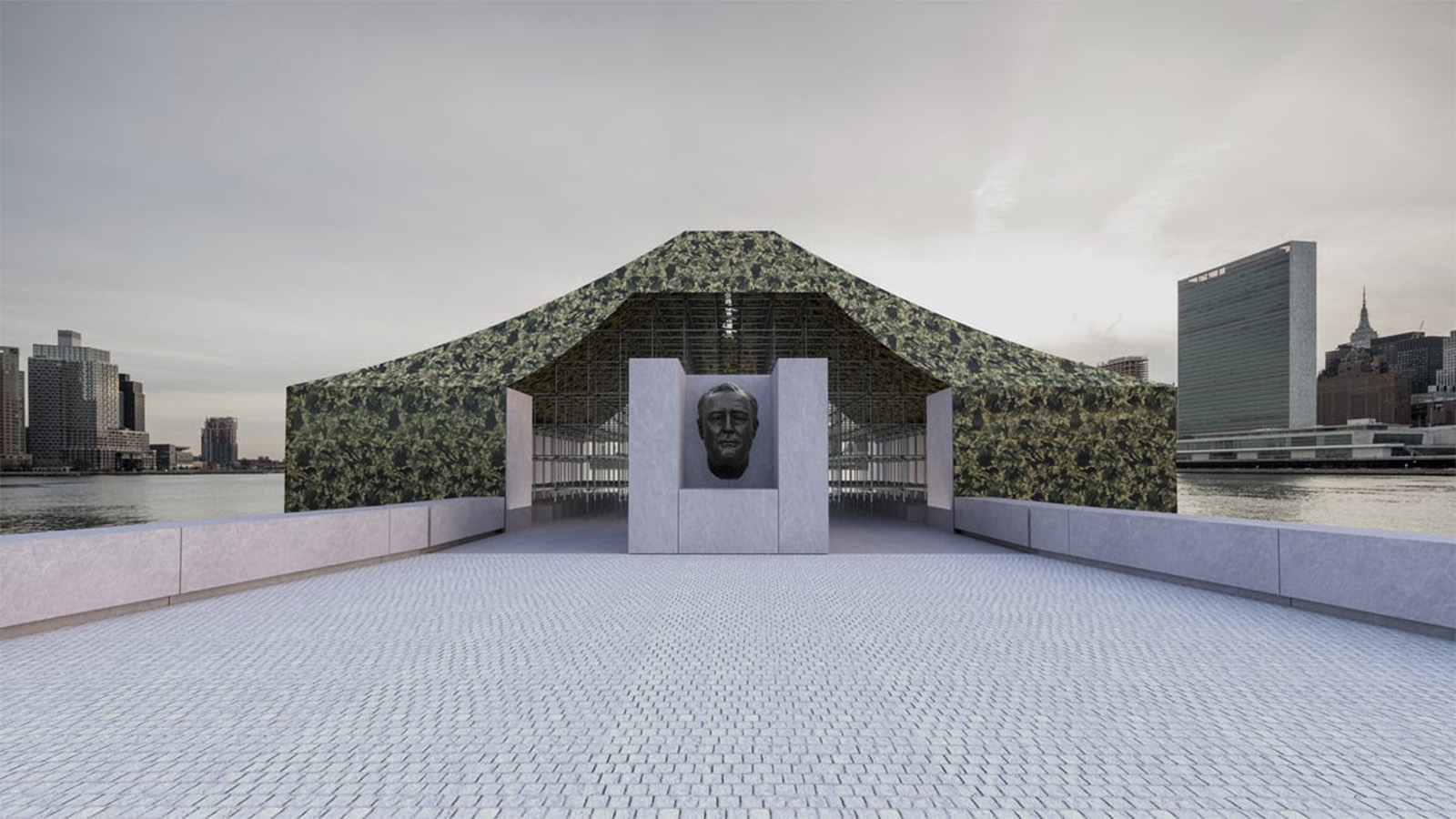 Ai Weiwei’s new public installation is coming soon to Four Freedoms State Park
Ai Weiwei’s new public installation is coming soon to Four Freedoms State Park‘Camouflage’ by Ai Weiwei will launch the inaugural Art X Freedom project in September 2025, a new programme to investigate social justice and freedom
-
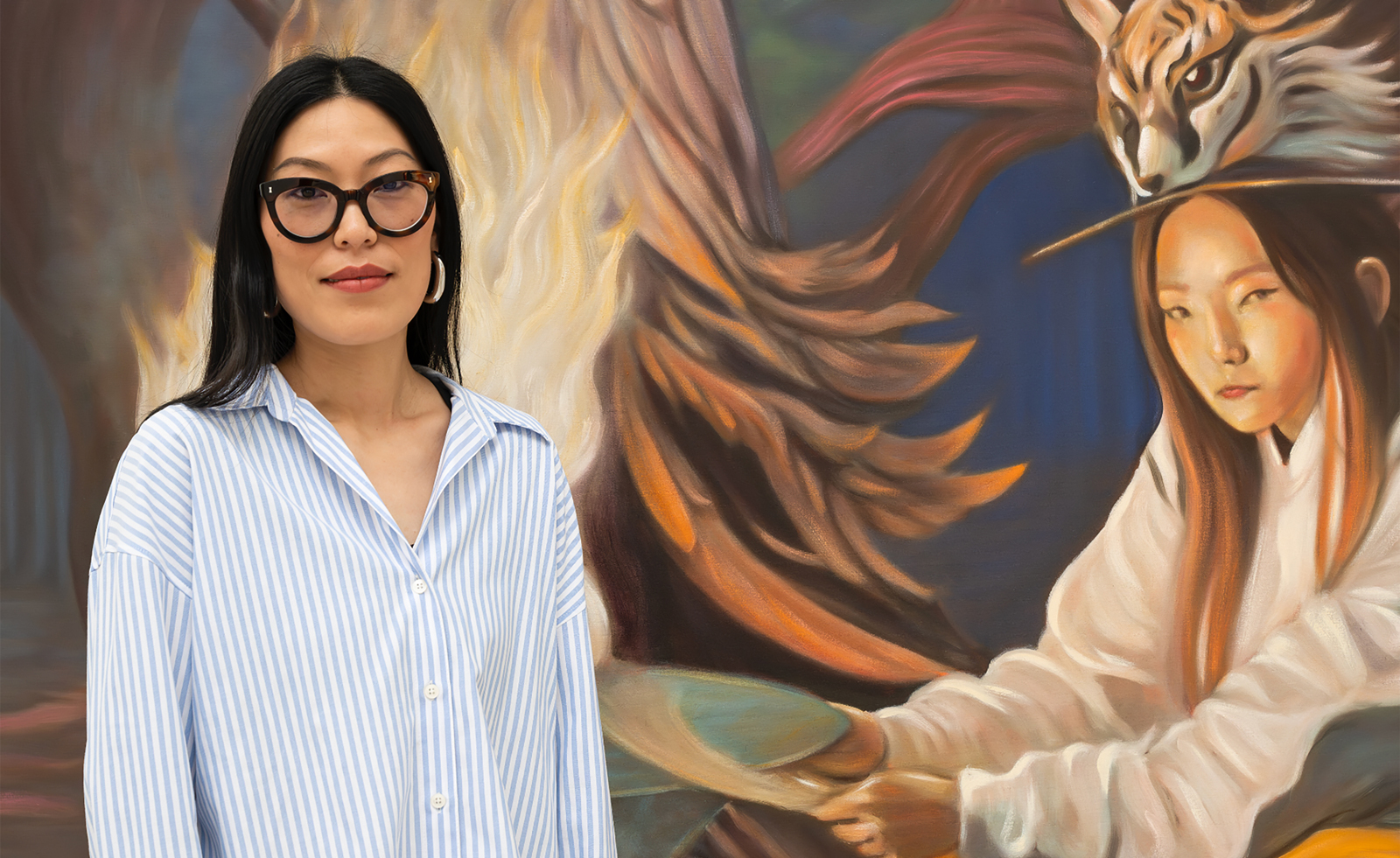 Meet the Turner Prize 2025 shortlisted artists
Meet the Turner Prize 2025 shortlisted artistsNnena Kalu, Rene Matić, Mohammed Sami and Zadie Xa are in the running for the Turner Prize 2025 – here they are with their work
-
 The art of the textile label: how British mill-made cloth sold itself to Indian buyers
The art of the textile label: how British mill-made cloth sold itself to Indian buyersAn exhibition of Indo-British textile labels at the Museum of Art & Photography (MAP) in Bengaluru is a journey through colonial desire and the design of mass persuasion
-
 From counter-culture to Northern Soul, these photos chart an intimate history of working-class Britain
From counter-culture to Northern Soul, these photos chart an intimate history of working-class Britain‘After the End of History: British Working Class Photography 1989 – 2024’ is at Edinburgh gallery Stills
-
 Surrealism as feminist resistance: artists against fascism in Leeds
Surrealism as feminist resistance: artists against fascism in Leeds‘The Traumatic Surreal’ at the Henry Moore Institute, unpacks the generational trauma left by Nazism for postwar women
-
 From activism and capitalism to club culture and subculture, a new exhibition offers a snapshot of 1980s Britain
From activism and capitalism to club culture and subculture, a new exhibition offers a snapshot of 1980s BritainThe turbulence of a colourful decade, as seen through the lens of a diverse community of photographers, collectives and publications, is on show at Tate Britain until May 2025
-
 Jasleen Kaur wins the Turner Prize 2024
Jasleen Kaur wins the Turner Prize 2024Jasleen Kaur has won the Turner Prize 2024, recognised for her work which reflects upon everyday objects
-
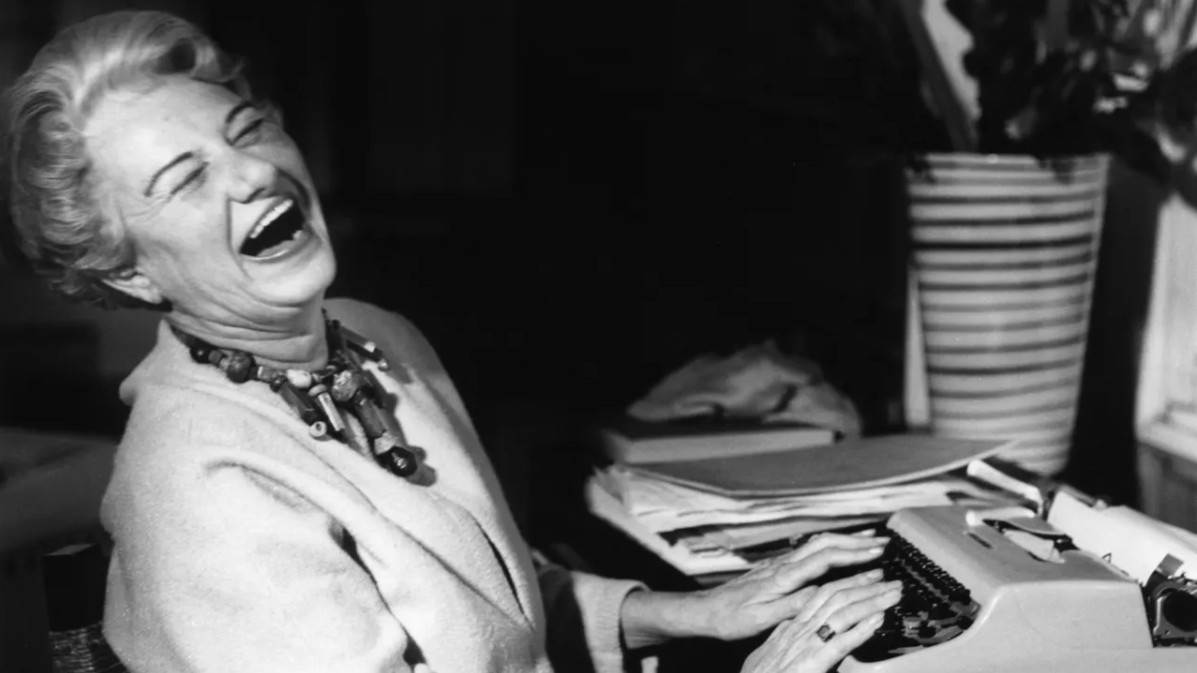 Peggy Guggenheim: ‘My motto was “Buy a picture a day” and I lived up to it’
Peggy Guggenheim: ‘My motto was “Buy a picture a day” and I lived up to it’Five years spent at her Sussex country retreat inspired Peggy Guggenheim to reframe her future, kickstarting one of the most thrilling modern-art collections in history